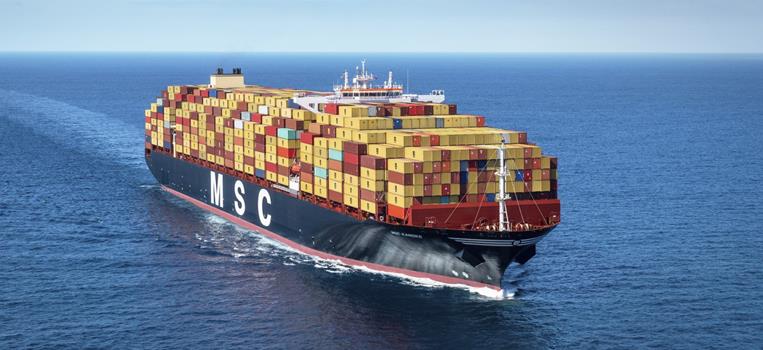DCSA publishes implementation guide for IMO cyber security mandate
Mar 10, 2020The Digital Container Shipping Association (DCSA), a neutral, non-profit group established to further digitalisation of container shipping through technology standards, today in conjunction with its nine member carriers, published the DCSA cyber security implementation guide to facilitate vessel readiness for the IMO (International Maritime Organization) Resolution MSC.428(98) on Maritime Cyber Risk Management in Safety Management Systems. The best practices outlined by DCSA provide all shipping companies with a common language and a manageable, task-based approach for meeting the IMO’s January 2021implementation timeframe[1].
The DCSA cyber security guide, DCSA Implementation Guide for Cyber Security on Vessels, can be freely downloaded from the DCSA website. The guide aligns with existing BIMCO and NIST (US National Institute of Standards and Technology) cyber risk management frameworks, enabling shipowners to effectively incorporate cyber risk management into their existing Safety Management Systems (SMS). The DCSA guide gives shipowners the tools they need to help designated technical crew members mitigate the risk of cyber attack, or contain damage (fail safe) and recover in the event of an attack.
“As shipping catches up with other industries such as banking and telco in terms of digitisation, the need for cyber risk management becomes an imperative,” said Thomas Bagge, CEO, DCSA. “Due to the global economic dependence on shipping and the complex interconnectedness of shipping logistics, cyber attacks such as malware, denial of service, and system hacks can not only disrupt one carrier’s revenue stream, they can have a significant impact on the global economy. As a neutral digital standards organization, DCSA is uniquely positioned to help vessel owners mitigate the increasing risk of cyberattack on their ships, and in turn, on the industry at large.”
The DCSA cyber security implementation guide breaks down the BIMCO framework into themes and maps these themes to the controls that underpin the NIST functional elements: Identify, Protect, Detect, Respond, Recover. DCSA provides non-technical explanations and specific actions to be taken to address each NIST element in accordance with a company’s level of cyber maturity within each BIMCO theme. Following DCSA guidance will provide vessel owners with a catalogue of cyber security safeguards aligned with each vulnerability identified during risk assessment, together with notes explaining any residual risk.
Jakob Larsen, Head of Maritime Safety & Security for BIMCO said, “The DCSA implementation guidance provides a thorough and refreshing deep dive into the challenge of how to implement cyber risk management in a shipowner company. Initially thought of as a tool for container carriers, the guidance can also inspire the thinking in other shipping sectors as well as the ongoing update of the major shipping associations’ benchmark document ‘Guidelines on Cyber Risk Management Onboard Ships’.”
Similar Stories
AGLPA Issue Update - Nov 2024
Today the Maritime Administration (MARAD) awarded nearly $580 million to 31 recipient ports in 15 states and territories. These grants are from the agency's Port Infrastructure Development Program (PIDP). Five…
View Article
Viking Line named Finnish security organization of the Year
View Article
Ocean Network Express and Seaspan Corporation jointly announce the establishment of ONESEA Solutions
View Article
MSC Customer Advisory
View Article
ZIM launches its USA Employer Brand Campaign to attract top talent
View Article
Hapag-Lloyd achieves good result in first three quarters of 2024
View ArticleGet the most up-to-date trending news!
SubscribeIndustry updates and weekly newsletter direct to your inbox!





